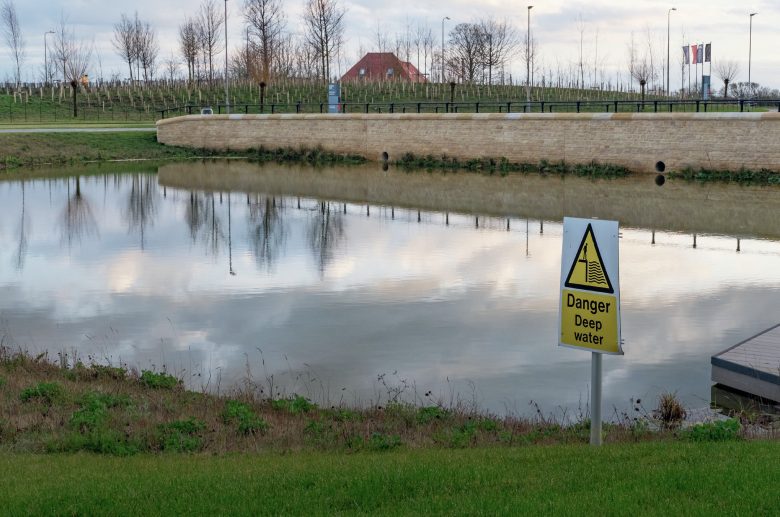
This article is relevant to AQA AS Unit 2 (concept of liability) and A2 Unit 4 (tort), and OCR A2 Unit G157 (law of torts).
The conclusion in Donoghue v Stevenson (1932) was that ‘you must take reasonable care to avoid acts or omissions which you can reasonably foresee would be likely to injure your neighbour.’ We must consider that the more likely the injury, or the more foreseeable, the greater the possibility that the courts will find the defendant liable for failing to take steps to avoid it.
Your organisation does not have access to this article.
Sign up today to give your students the edge they need to achieve their best grades with subject expertise
Subscribe




